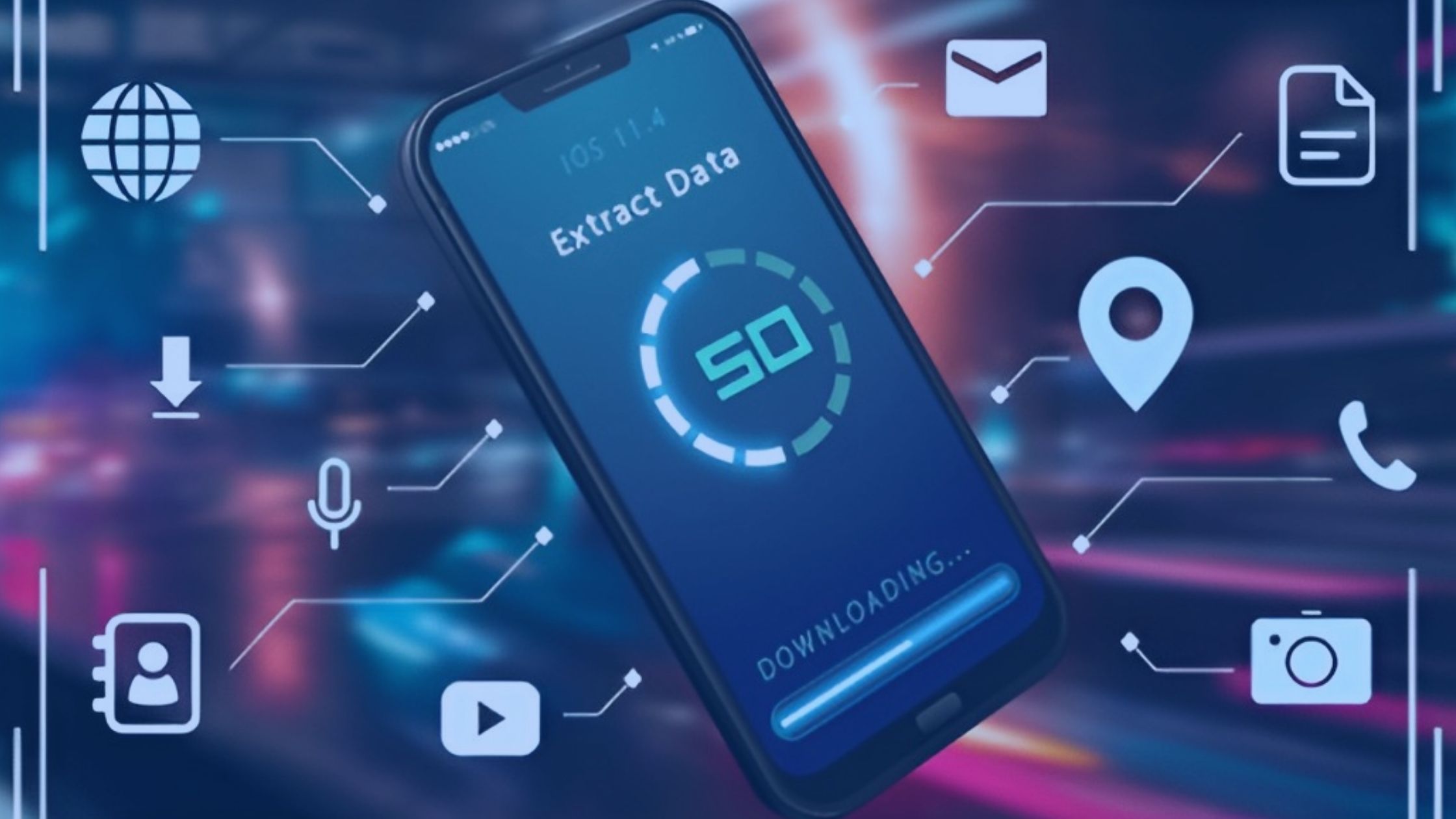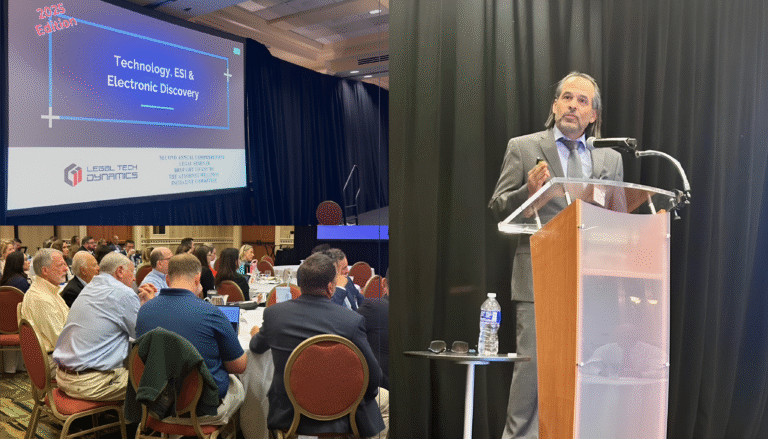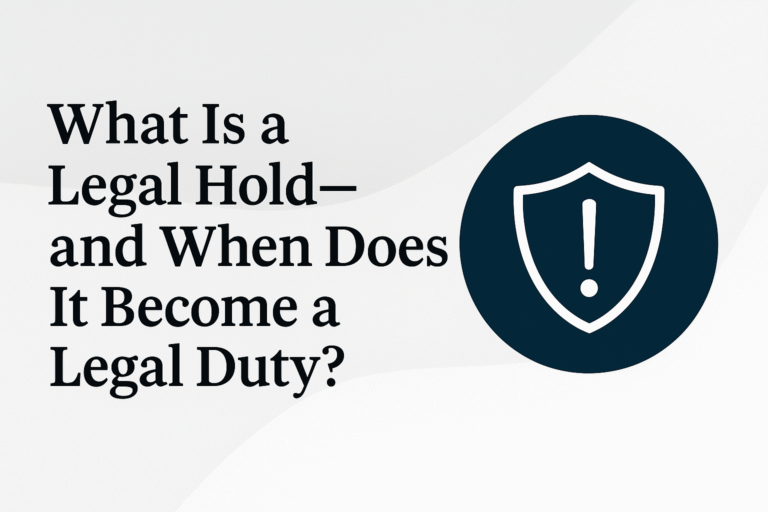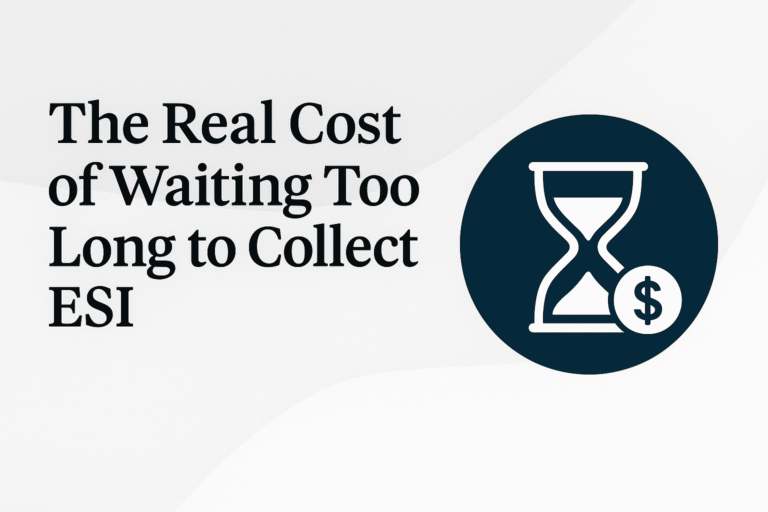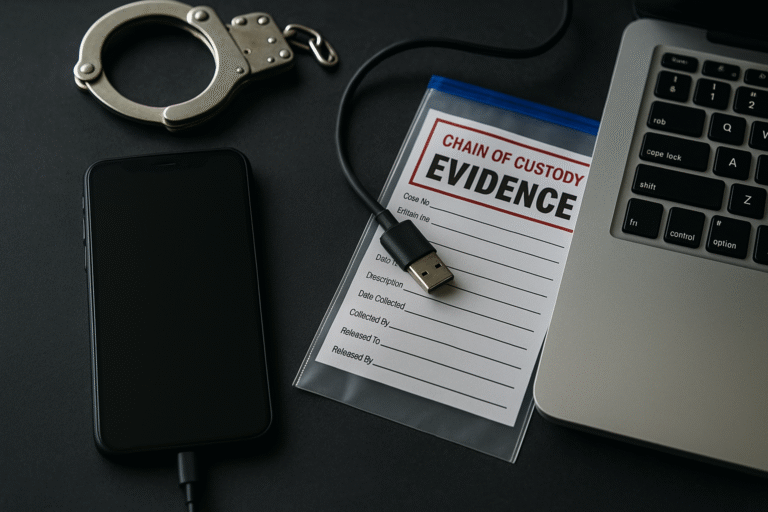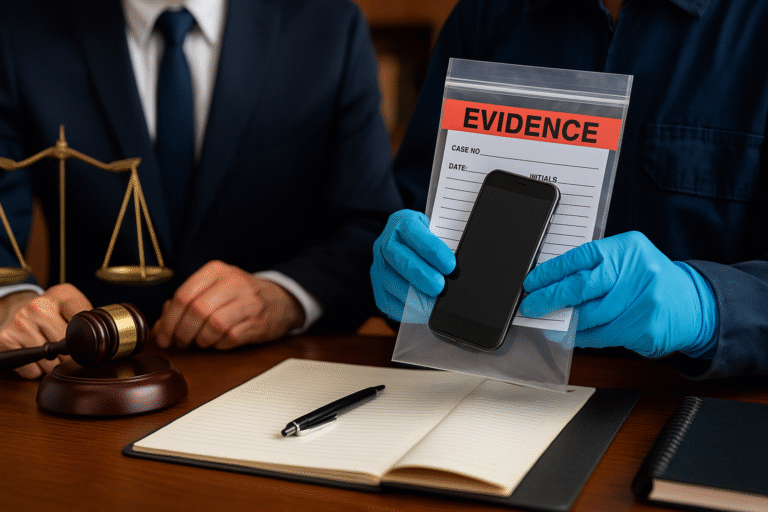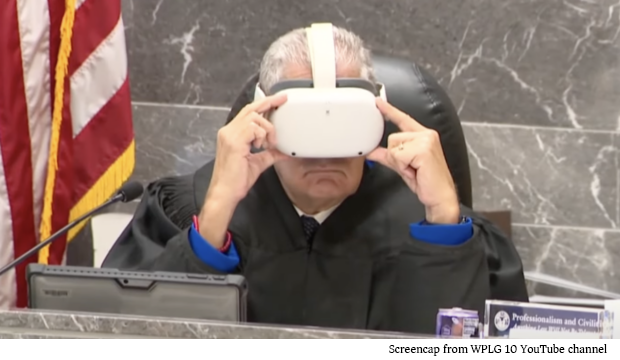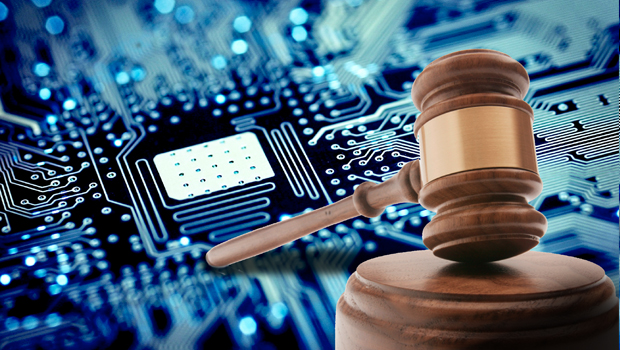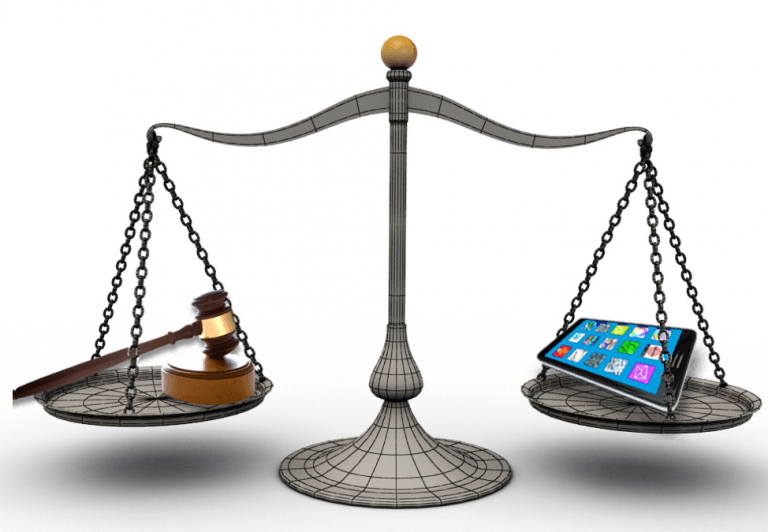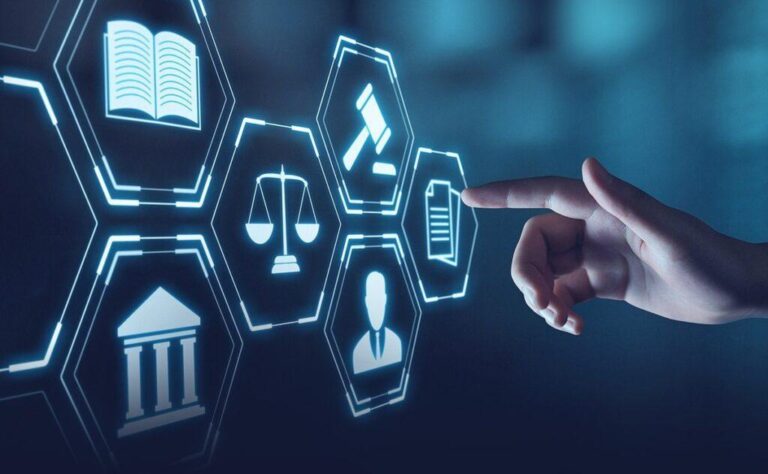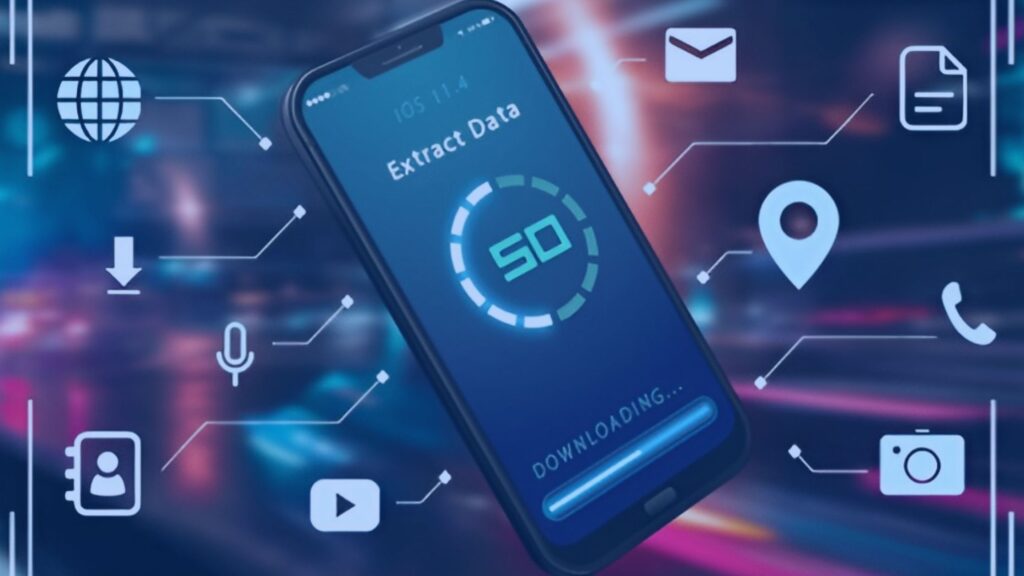Why legal professionals today must delve into smartphone forensics and the wealth of insights these devices can provide.
By Carlos A. Baradat, Esq. | Legal Tech Dynamics
In today’s connected world, over 90% of all communications happen digitally, with messages sent over various platforms—from texts to social media, emails, and even calls through VoIP services. But digital communication is just the beginning of the vast reservoir of digital evidence available in today’s investigations. Nearly every device with an internet connection leaves behind a “digital footprint,” offering attorneys invaluable information that can support their cases.
A foundational understanding of where to locate this data and how to analyze it gives legal practitioners a powerful edge in litigation, as they zealously advocate for their clients.
Why “Deleted” Doesn’t Always Mean Gone
One key misconception in digital forensics is the idea that deleting a message or file means it’s permanently erased. In reality, deleted data often remains recoverable. For instance, many devices, especially those connected via the Internet of Things (IoT), sync data across multiple platforms. Even if someone deletes a text on their phone, it might still be accessible via their tablet, laptop, or cloud backup. For Apple users, this is especially true; files and messages often sync across all devices in a person’s Apple ecosystem.
When litigation or an investigation begins, it’s critical to secure all potential devices for forensic analysis, ensuring that no stone is left unturned in the pursuit of pertinent information.
Uncovering “Deleted” Files on Computers
The concept of “deleted” files extends to computers as well. Even when a user thinks a file is erased, remnants of that file often remain within the system. A forensic analysis may reveal critical data, such as letters, photos, or financial records that were supposedly deleted. Often, the only thing missing is the “file identifier,” or the name associated with that file, which is why simply dragging files to the “trash bin” doesn’t truly erase them. Understanding this can make a substantial difference when a case hinges on digital evidence.
Smartphone Data: More Than Just Call Logs
Smartphones store a treasure trove of information beyond call logs and text messages. They can hold GPS data, browsing history, app activity, and more. Even if a device appears “off” or inactive, it may still track location data through connections to cell towers, nearby Wi-Fi networks, or Bluetooth devices. In legal cases, this data can provide crucial corroborating evidence to support claims about a party’s whereabouts or actions.
Beyond Phones and Computers: The Digital Footprint of “Smart” Devices
Modern digital forensics doesn’t stop at phones and computers. Many other “smart” devices also retain data that could prove pivotal in legal cases. Vehicles, for example, often contain black boxes that record key information similar to those in airplanes. These black boxes may reveal details like vehicle speed, braking, or even phone usage at the time of a crash. Such information can significantly impact accident cases, helping to establish a timeline or proving (or disproving) key events.
Other household and office devices—refrigerators, smart TVs, home alarms, printers, and even digital cameras—can also store revealing information. A digital photograph, for instance, typically includes metadata that tells us where and when the photo was taken, and sometimes even which direction the camera was facing. This type of metadata can be invaluable in cases requiring corroborative evidence of a person’s location or activity.
The Role of Temporary Files and Forensic Recovery Techniques
Computer systems also contain a wealth of hidden data in temporary files, which may reveal everything from deleted files to past website visits. Through forensic tools and techniques, experts can retrieve even encrypted or locked files, bringing critical evidence to light. For example, digital forensics can help determine whether messages used as evidence are authentic or fabricated, as well as reveal any potential tracking on a device.
Why Legal Professionals Must Embrace Digital Forensics
Attorneys don’t need to become tech experts, but understanding the basics of digital forensics is now essential in modern practice. Knowing what to look for—or when to call in a professional digital forensics examiner—can make all the difference in a case’s outcome. As digital data plays a growing role in litigation, partnering with an experienced forensic professional can provide the edge needed to win.
Carlos A. Baradat, JD
Law Professor, Digital Forensics, and eDiscovery Specialist
www.ltdynamics.com
For speaking engagements, training workshops, or legal tech support, you can reach Mr. Baradat at 239-221-6359.
—
Legal Tech Dynamics: Digital Forensics, Legal Tech Consulting, and eDiscovery Services in Central Florida, South Florida, and Nationwide
At Legal Tech Dynamics, we specialize in digital forensics, eDiscovery, legal tech consulting, law firm technology training, attorney ESI consulting, and litigation consulting. With offices in Naples, FL, and Boca Raton, FL, we proudly serve clients throughout Central and South Florida, as well as nationwide, including major cities such as Fort Lauderdale, Miami, Tampa, Fort Myers, Marco Island, West Palm Beach, and Orlando.
Whether you’re navigating digital evidence analysis, managing litigation holds, responding to requests for production, or seeking guidance on ethical and privacy considerations in eDiscovery, our experienced team is here to help. We deliver tailored solutions to attorneys, law firms, corporate clients, and individuals, ensuring secure digital data, improved legal case management, and successful eDiscovery outcomes.
📞 Call us today at 239-221-6359 to learn how we can support your legal and technical challenges and help you achieve your goals with confidence.


